Chocolate and Switzerland: a story that goes way back
Say chocolate and people will think of Switzerland – wherever you go. In fact, the Swiss have been making chocolate since the early 19th century. Here's how it all began.
When it comes to chocolate, you might have heard of Cailler, Suchard or Sprüngli. That's because they were the first Swiss chocolate-making pioneers. Although Switzerland didn't have any cocoa trees of its own, it did have plenty of explorers – and it was they who returned with coffers bursting with the bean.
The industrial revolution at the end of the 18th century was a time for discovery and experimentation. There was a surge in both consumption and unfamiliar products like coffee and cocoa, which had been discovered in South America, Africa and Asia,
explains Laurence Tissot, history professor at the University of Neuchâtel. "Switzerland was like anywhere else back then. People were on the lookout for new ways to make a living – if they didn't have land or weren't farmers, they started coming up with novel ideas instead. At the time, it was the confectionery and baking sectors that seemed to have the most potential. Neuchâtel's Philippe Suchard was one such man of ideas – multitalented and interested in everything. He started off as an apprentice at his brother's confectionery in Bern. It was during a trip to America that he discovered chocolate. Learning how to process the cocoa beans, he went on to set up his own factory in Serrières in 1826," says Tissot. Several chocolate producers were operating in Switzerland at that time which, in the era before the establishment of patent law in 1870, saw a good deal of industrial espionage. In fact, no-one showed any qualms about monitoring their competitors and buying their products in order to make shameless imitations.
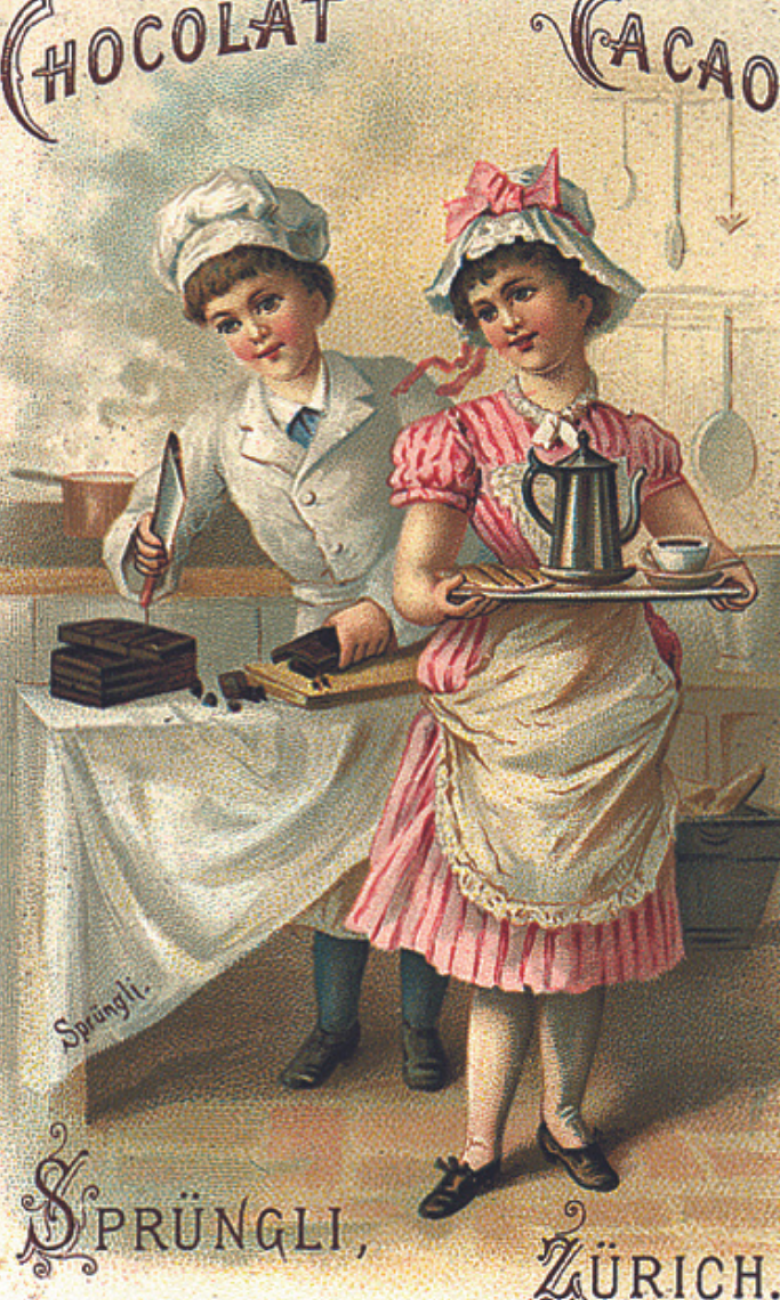
Cailler and the invention of milk chocolate
François-Louis Cailler was Switzerland's first milk chocolate trendsetter. He was a grocer in Vevey where he sold chocolate in his shop before he actually started making it. "Chocolate became his main job, probably because everyone was always asking for it and he had the chance to go into a partnership," explains Lisane Lavanchy, historian and archivist at Nestlé*. Cailler founded his first chocolate factory in 1819. In 1832, he started to use water power.
This was used to turn the stones that crushed the cocoa and power the machines that mixed in the sugar. Using water power made both operations much easier.
According to the Nestlé archives, Cailler sold his chocolate to retailers and private individuals in the French-speaking part of Switzerland. "The first generation of Swiss chocolate was bad – it looked like salt and tasted bitter. Back then, people used to be quite puny and their diet was also poor. The whole point of chocolate was to breathe some life into them and give them a bit of nourishment," laughs Tissot. "Adding milk was a game changer. And the advancements being made in the 19th century helped to create a better understanding of chemical processes."
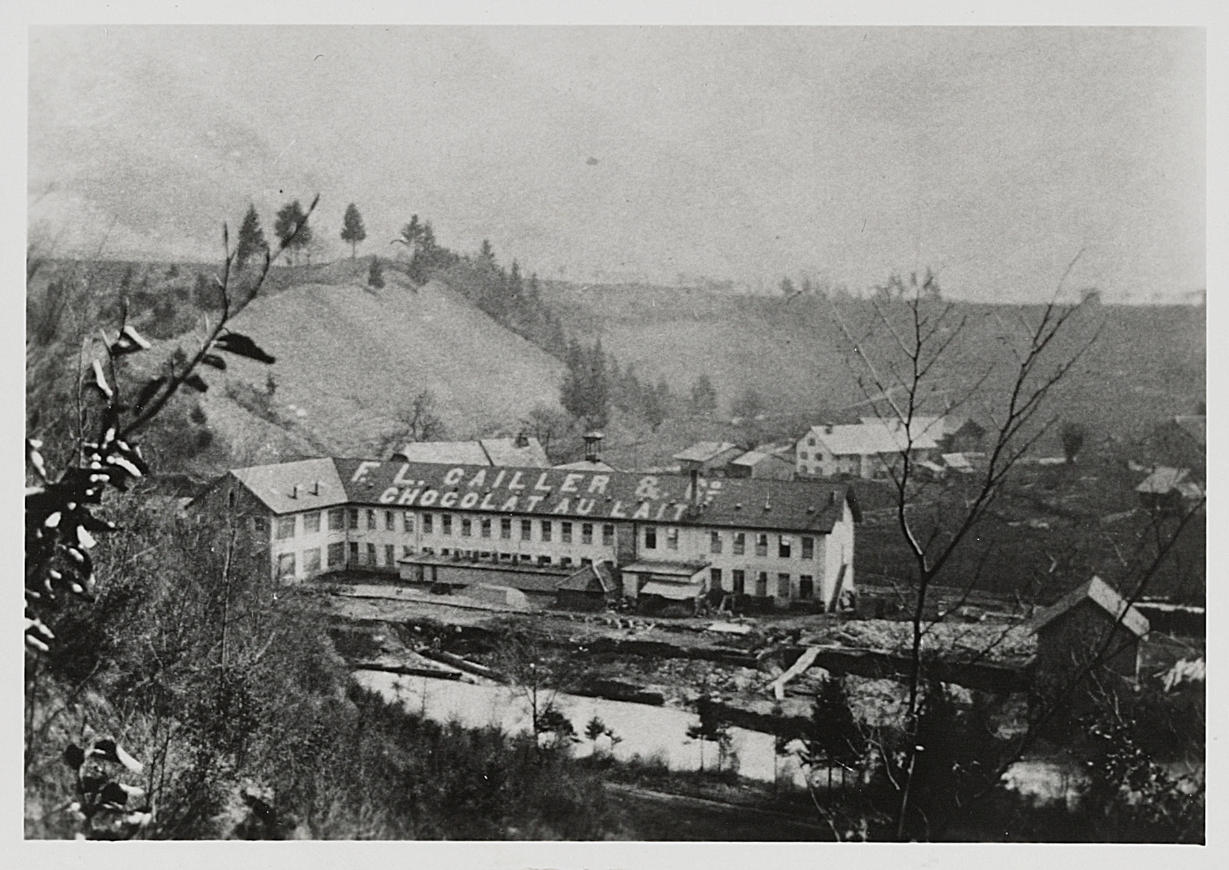
© Nestlé historical archives, Vevey
It was Cailler's son-in-law, Daniel Peter, who in 1875 was the first to add milk to his chocolate recipe – starting with condensed milk.
Milk is another thing that conjures up images of Switzerland
says Tissot. "It's almost like you can taste the Alps. Natural green meadows dotted with cows – a symbol of purity and, in turn, of quality. Chocolate was not only good for you, it was pleasurable too. When you eat chocolate you feel good – it makes you think of fresh Alpine air, which symbolises well-being and freedom. All of these images have been used in chocolate advertising and help make it sell."
Soon enough, Swiss chocolate was making its mark beyond the country's borders with the creation of ready-to-eat bars. "It proved a real hit, particularly in England. It even led to the creation in 1896 of Peter's milk chocolate company. Milk chocolate proved to be such a huge success that it was quickly snapped up by competing chocolate manufacturers," adds Lavanchy. "Several chocolate factories set up shop in Vevey, which is in a central location linking Bern, Italy and France. A number of factors convinced Cailler to establish his own factory there in 1898 – local milk producers, a ready workforce, water power, space to build a factory, and the warm welcome he was given from the municipality of Broc in the of canton Fribourg." Although the Cailler brand has been taken over by Nestlé, the chocolate is still produced on site. And it is the only factory that continues to use condensed milk in its chocolate, as well as fresh milk sourced exclusively from the region.
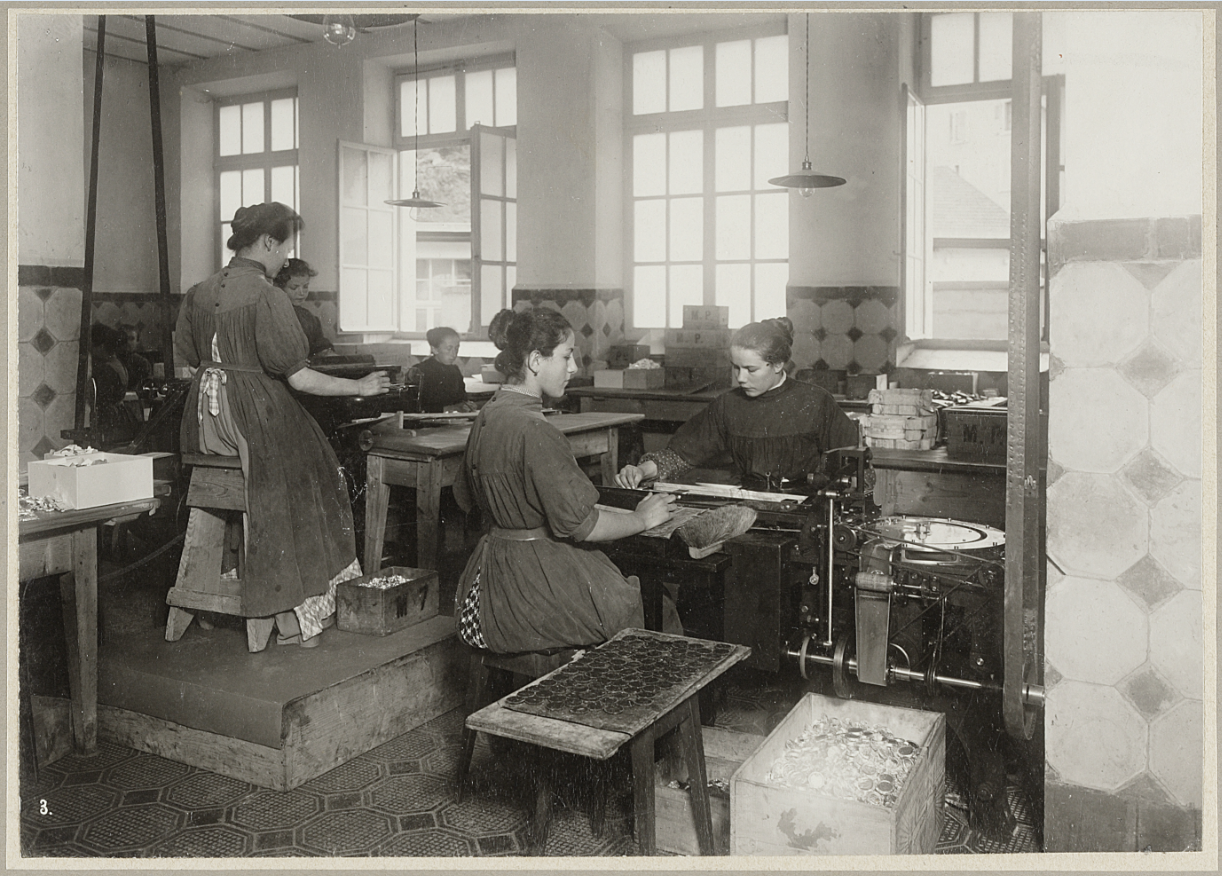
© Nestlé historical archives, Vevey
Lindt and the advent of conching
Another invention to revolutionise the world of chocolate was the conching process, developed – somewhat accidentally – by Rodolphe Lindt in 1879. That same year, Lindt, who hailed from Bern and had learned the chocolate trade from his cousins in Lausanne, set up a factory in his home town. The chocolate being produced back then was still quite hard and bitter, so Lindt remained keen on running his experiments. One Friday evening when he left the factory Lindt forgot to switch off the machines, which continued to churn all weekend. When he returned, he discovered the chocolate that had been left in the machines had a smooth, satiny texture instead. This gave birth to the conching technique, which works so well because it blends the cocoa butter, cocoa mass, milk and sugar into an ideal, creamy consistency – perfect for the taste buds. Conching was indeed a milestone in the history of chocolate production, and continues to be used by a large number of chocolatiers around the world today.
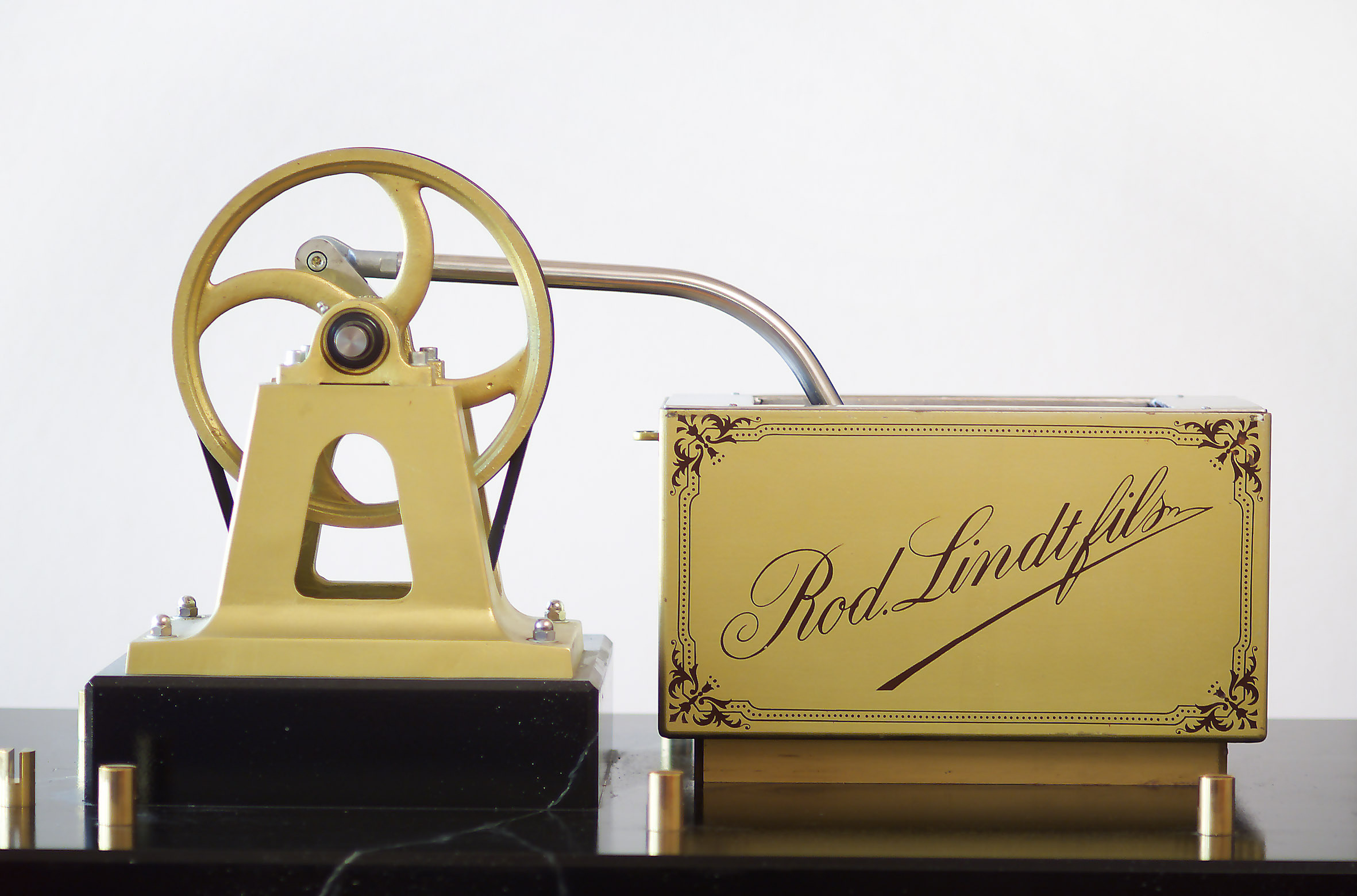
© Lindt & Sprüngli chocolate factory
Sprüngli pioneers chocolate trend in German-speaking part of Switzerland
In the German-speaking part of Switzerland, the Sprüngli brand is number one. It dates back to 1836 when David Sprüngli and his son, Rudolf, opened a confectionery in Zurich, followed by their chocolate-making debut in 1845. Fifteen years on, their strategic choice to set up shop on centrally-located Paradeplatz in the heart of Zurich paid off. The family business flourished and became a benchmark for sophistication in the world of pastries and confectionery, as well as a popular meeting place – so much so that even Heidi author Johanna Spyri found inspiration in the Zurich cafe, according to the Sprüngli legend.
At the end of the 19th century, the brand was split in two: Confiserie Sprüngli and the Lindt and Sprüngli chocolate factory. The latter has since transformed itself into a global company and the world's largest producer of top-of-the-range chocolate, while the confectionery has remained a traditional, family-run business. "It was the multinationals that ended up conquering the market," explains Tissot.
Suchard's factory set up in the 1880s in Germany set the ball rolling. Going multinational meant producers could cater to local tastes and even avoid high import tariffs in some cases. Although Suchard didn't survive the globalisation of its brand after a merger, Lindt & Sprüngli were able to tap into their strengths and develop into an exemplary alliance that has made the Swiss chocolate sector even stronger.
And as for Confiserie Sprüngli, which recently celebrated its 187th anniversary, it is now being run by the sixth generation of the Sprüngli family and boasts a chain of over thirty shops, including several abroad, making it one of Switzerland's most successful family-run businesses.
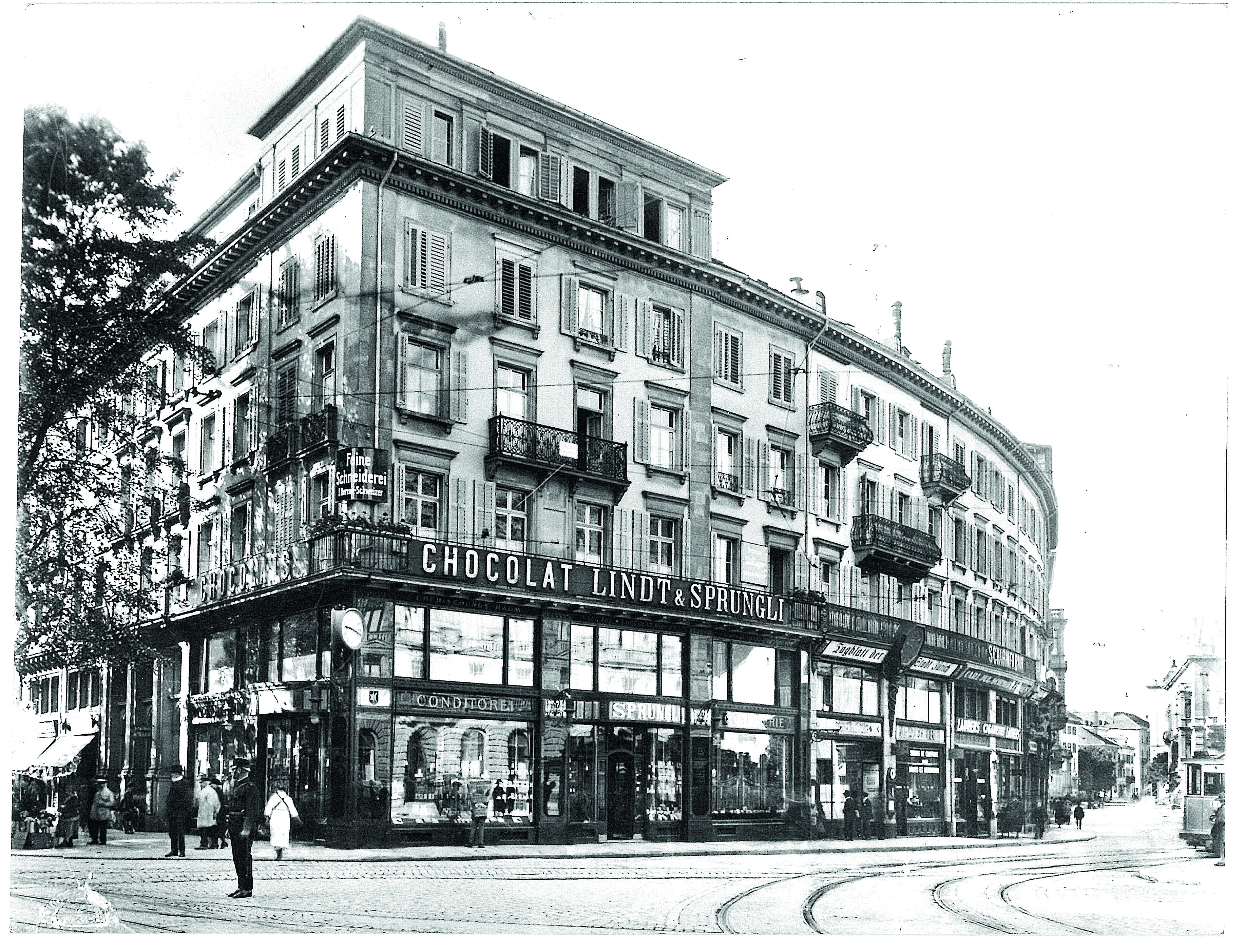
© Sprüngli
*The Cailler chocolate brand was bought by Nestlé in 1929.
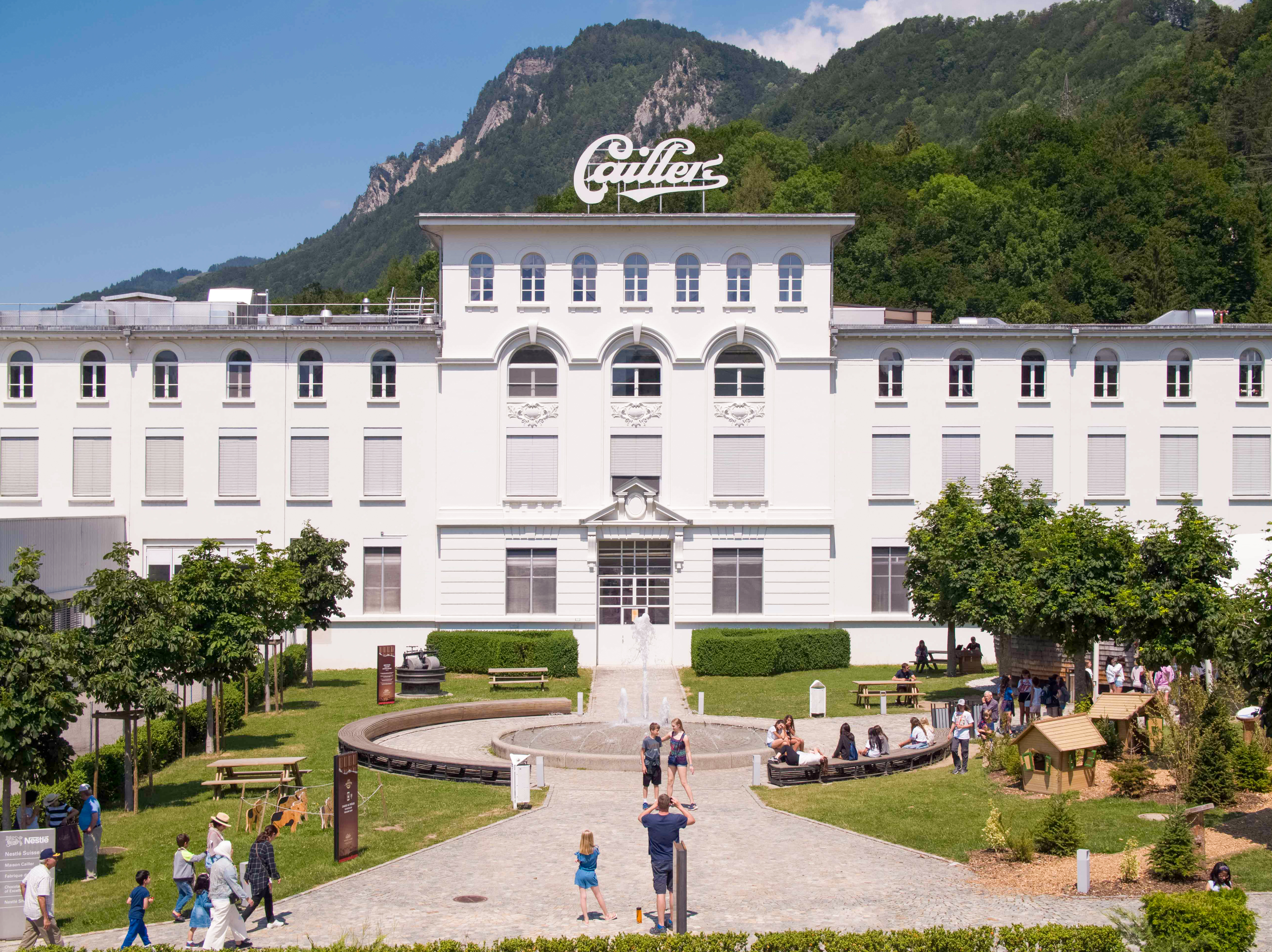
© Nestlé S.A




